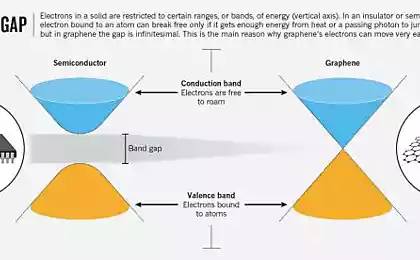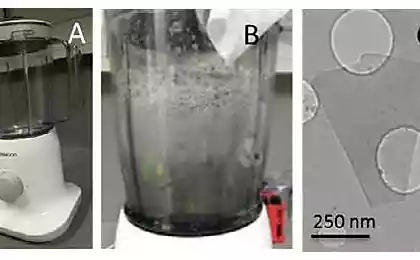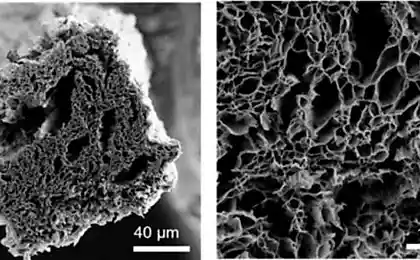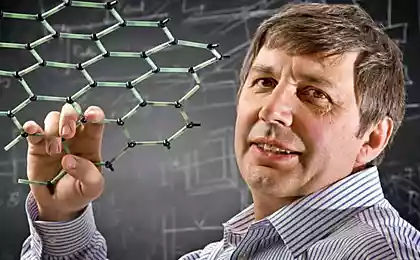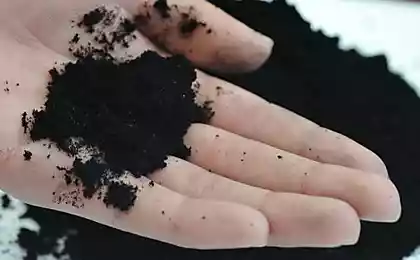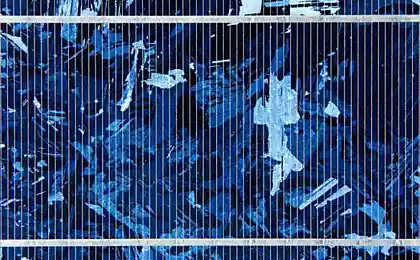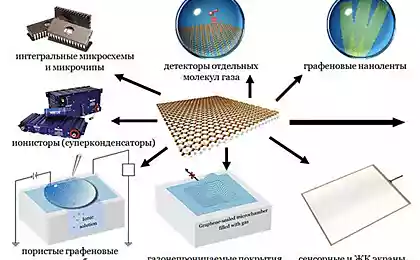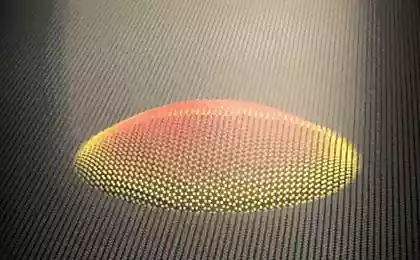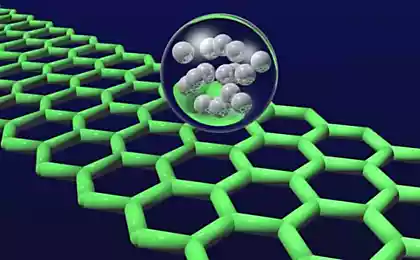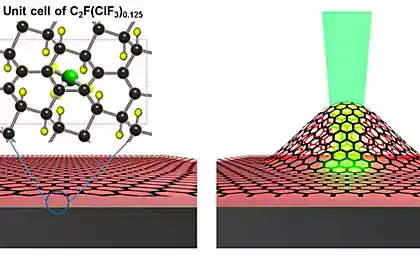771
Scientists have made of graphene catalyst by adding nanoparticles of metals
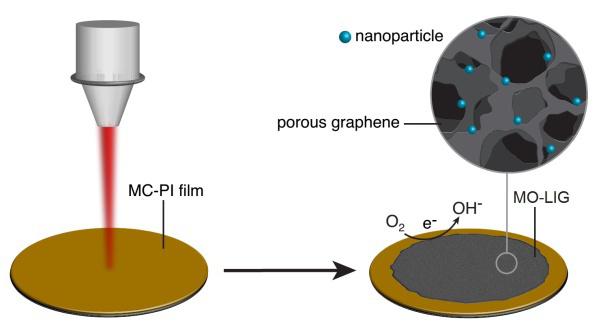
The scheme of work i>
Исследователи from Rice University have discovered , graphene with the addition of metal nanoparticles acquires the properties of metals, and can even act as a substitute for platinum as a catalyst for chemical processes.
Platinum - base catalyst used in fuel cells, which convert hydrogen and oxygen into electricity, releasing water. The problem with it is only one - its high cost. The cost of platinum is not much less than the cost of gold.
More researchers last year found that irradiating poliimidovuyu film of infrared carbon dioxide laser, it is possible to obtain a porous graphene polymer substrate. The resulting material they called laser-induced graphene (graphene obtained by laser), or LIG.
Subsequently, they were able, enriched boron polymer film, significantly increase the capacitance of the resulting graphene.
Finally, they came up with a polymer mix with the metal salts from the cobalt, iron or molybdenum. After processing such a film for half an hour at a temperature of the laser 750 degrees Celsius, they got LIG with uniformly distributed over its surface metal particles of about 10 nm. The resulting material contains about 1% of the metal.

graph with metallic inclusions i>
"The beauty of the process is that we take the usual film available for commercial use, inexpensive and add a metal salt, - says James Tour, a chemist who first received the LIG laboratory of the institute. - Then we expose them to the industrial laser. Thus, most of the chemical reactions initiated by laser, which generates a graph on the open air and at room temperature ».
The resulting material is an excellent catalyst for redox reactions, and addition of sulfur in the film material can be used to produce hydrogen from water. These reactions - the key to fuel cells.
Source: geektimes.ru/post/260668/
On the microwaves into space and a little Matan
Untilled music market in Rwanda. Chumachechaya spring, and other Leps
